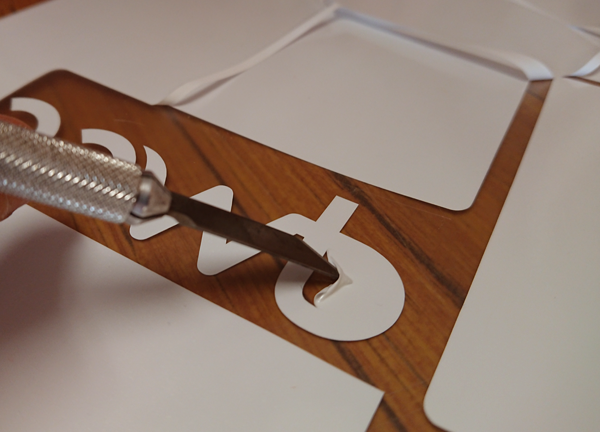Flex & Flock
From 20/12/2025 until 4/1/2026 we will aid Santa.
Keep in mind that we will be open on appointment only.
Notice - New location in Wolvertem
We are now located at a new address:
De Biest 23, 1861 Wolvertem
(about 1 km closer!)
Please take this into account when collecting your orders.
Contact via 02 460 85 35, info@tiptopprint.be or via our contact page.


